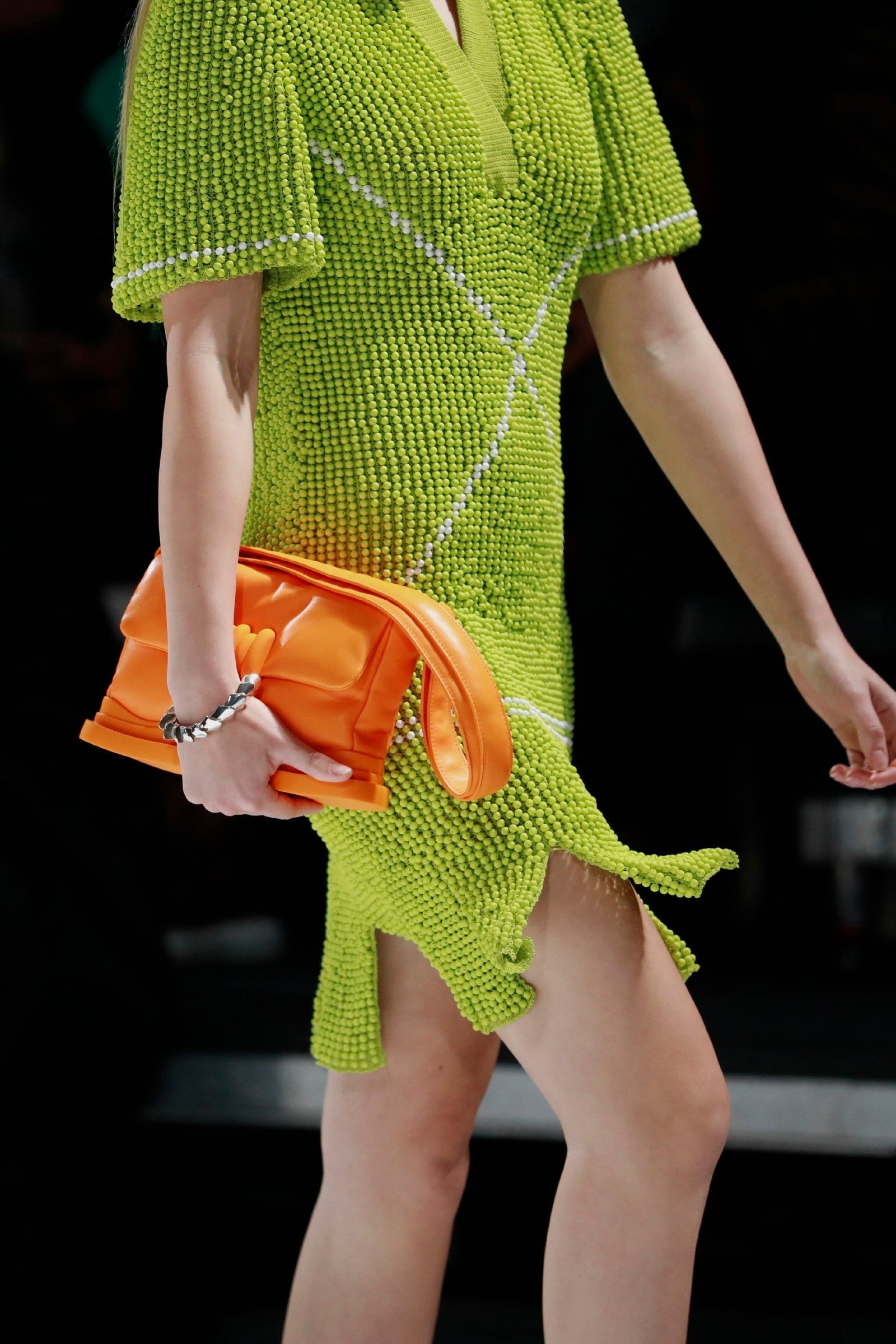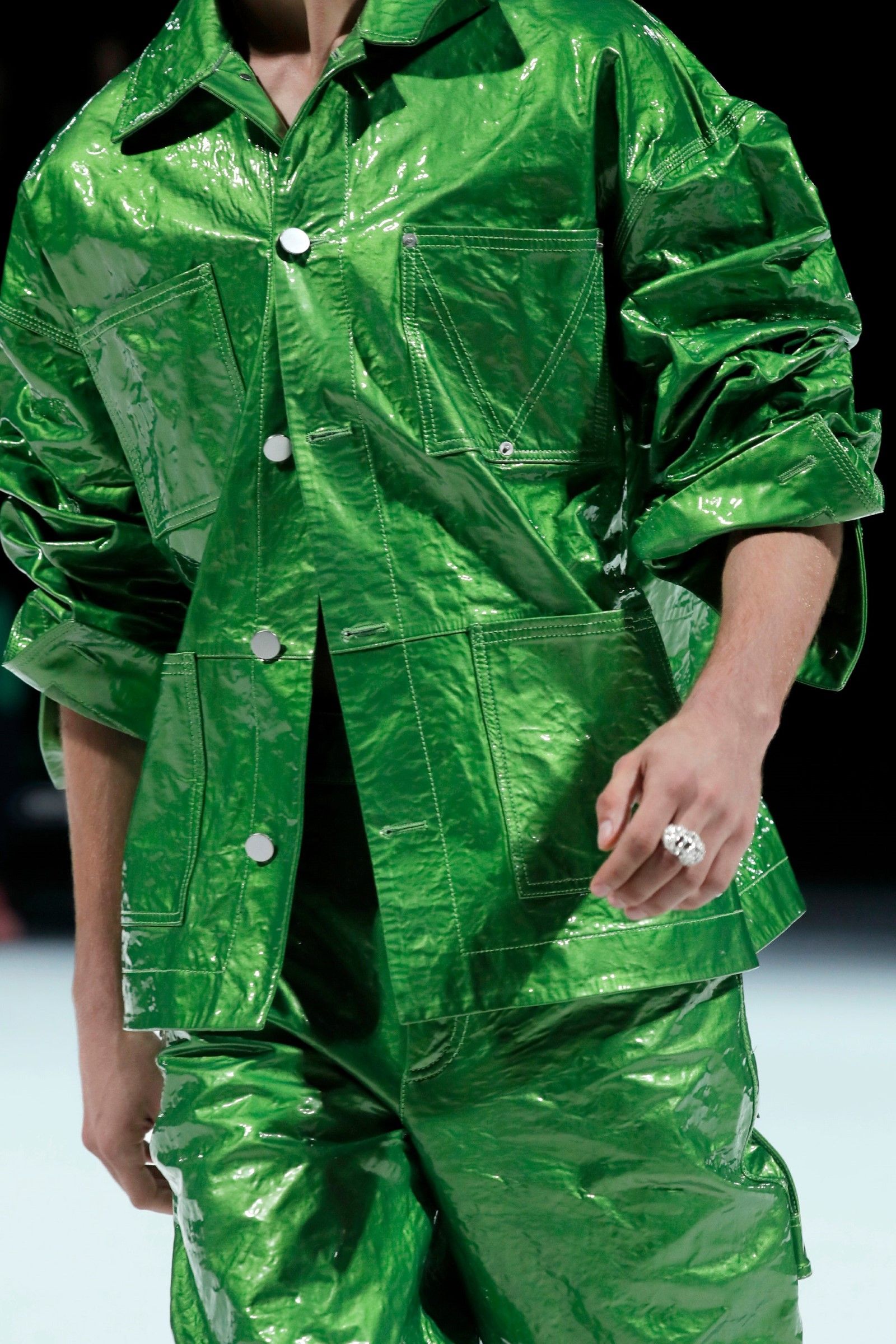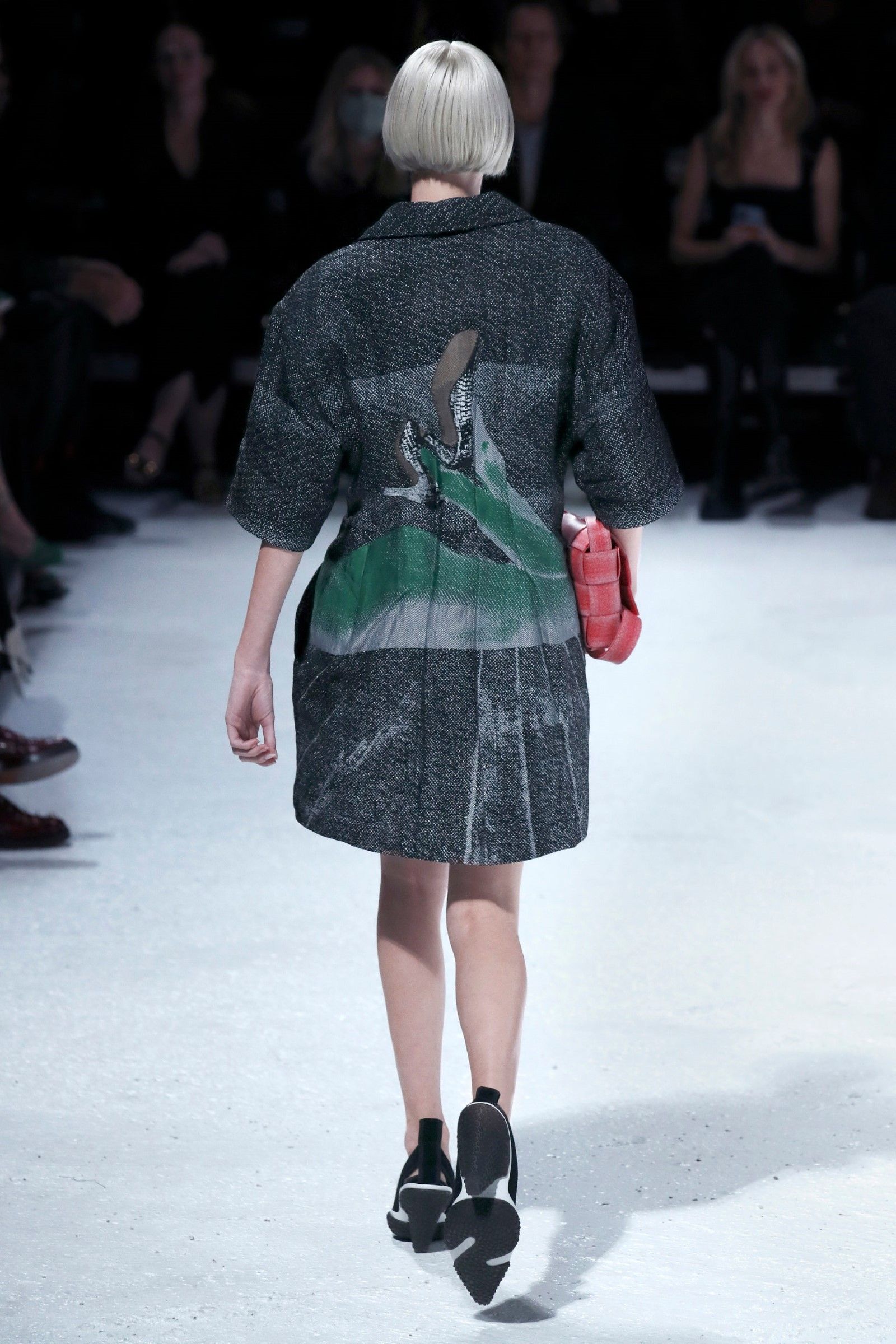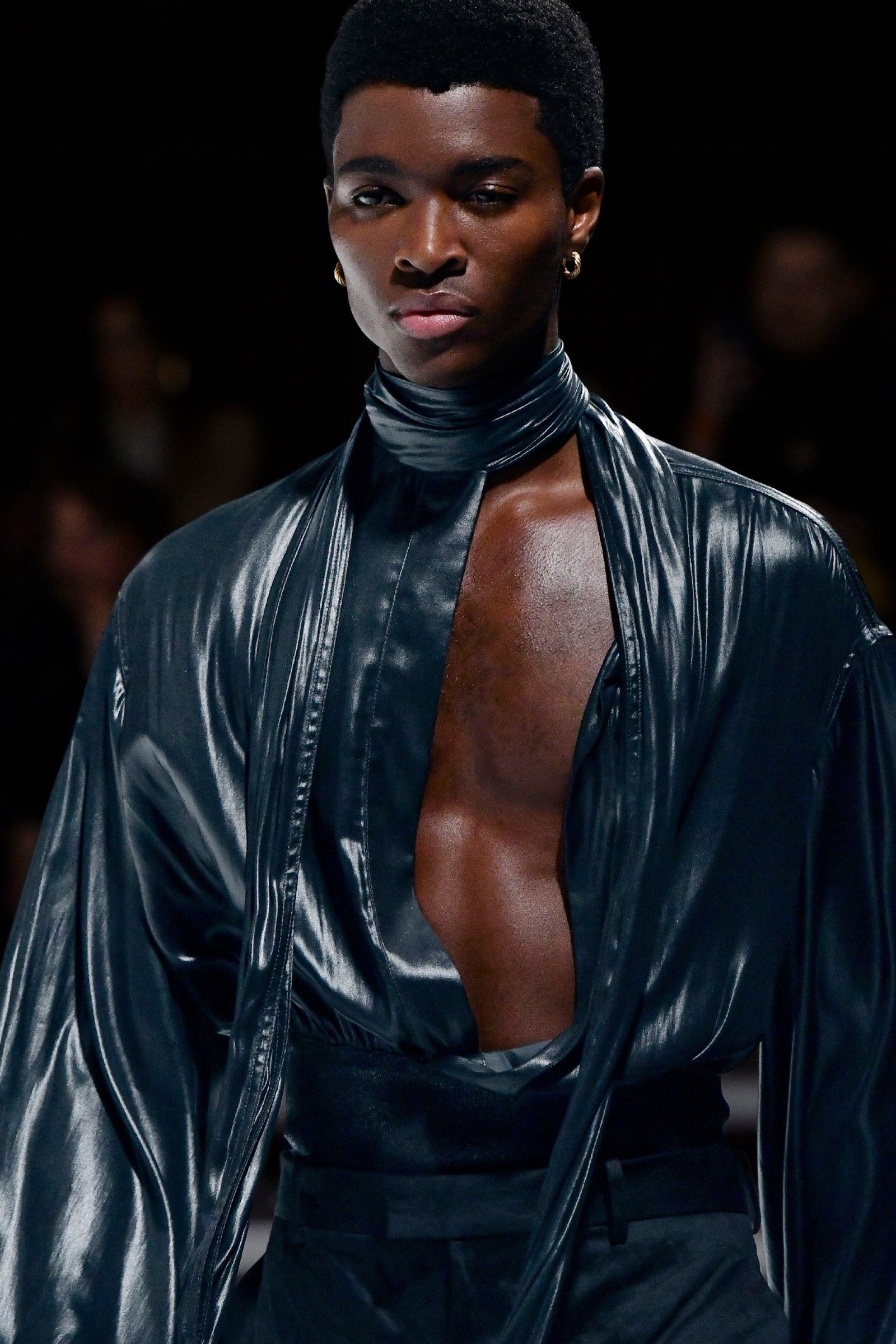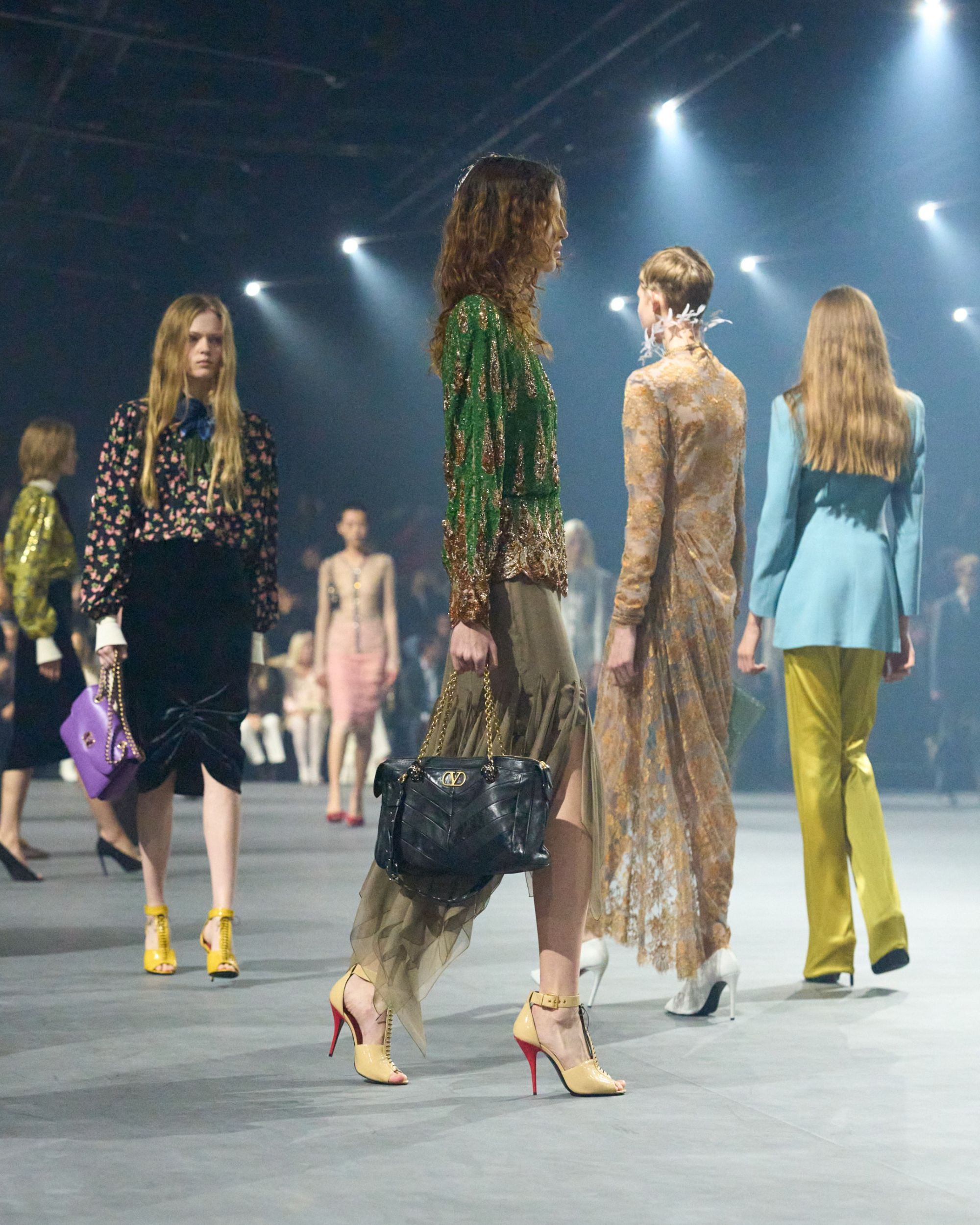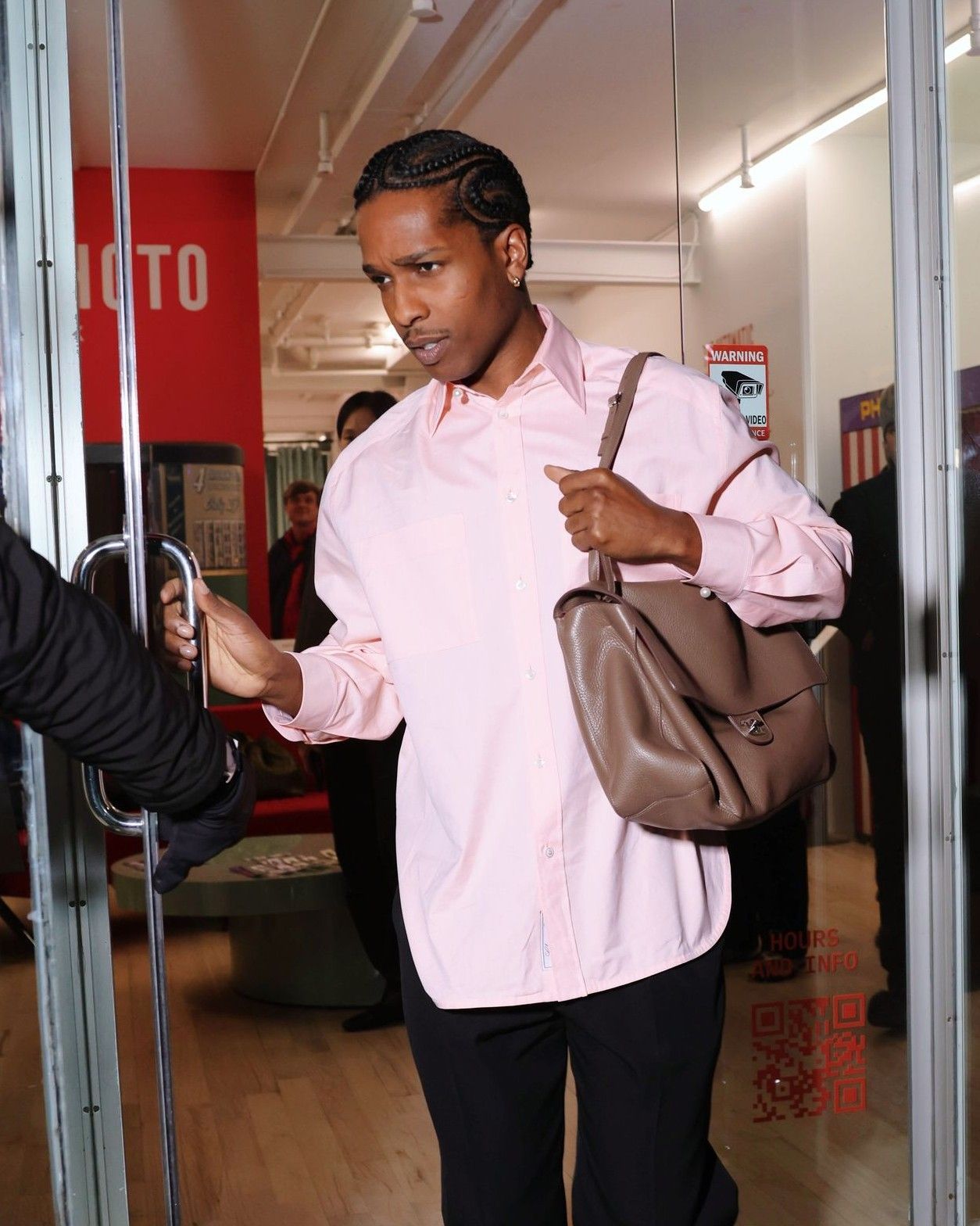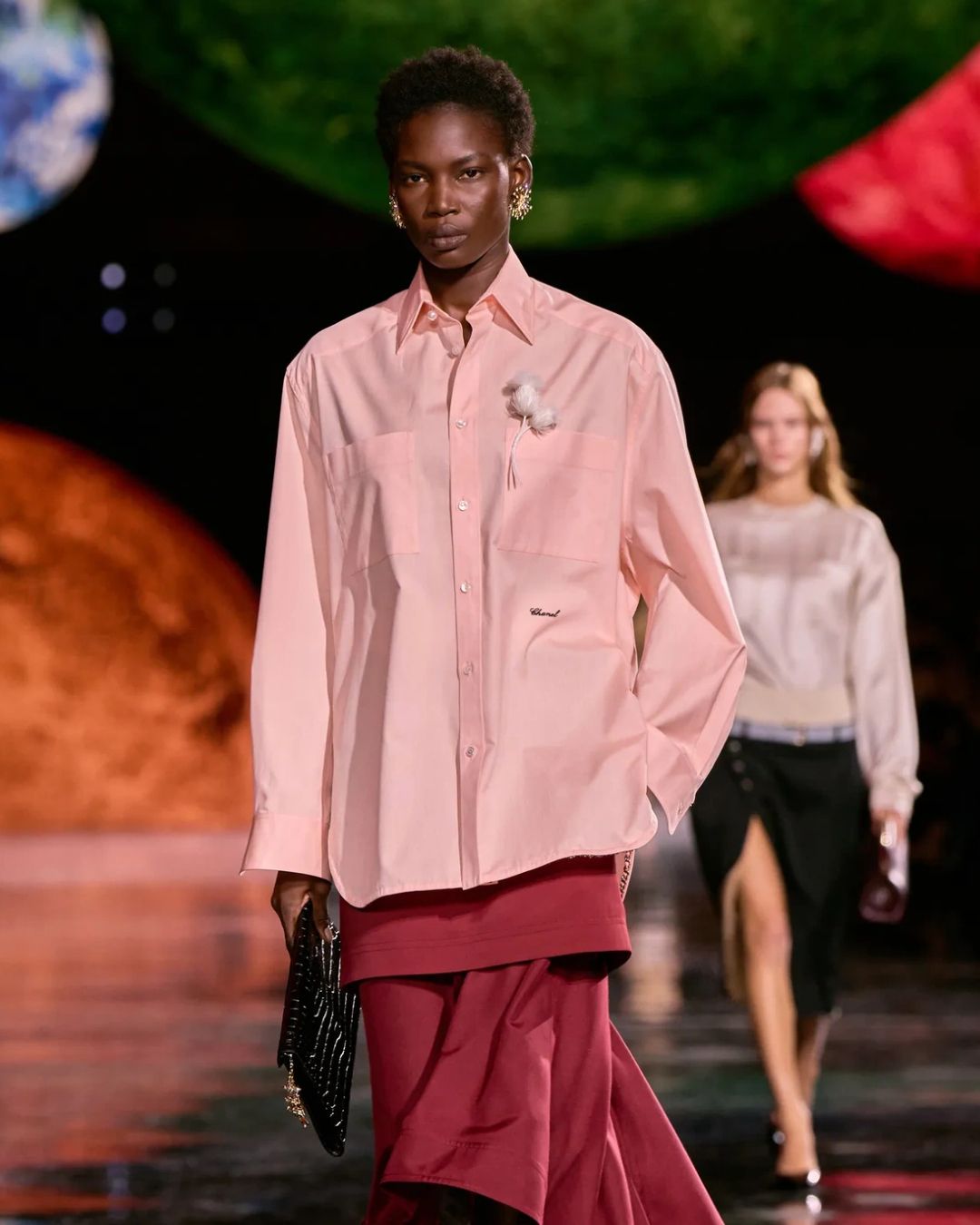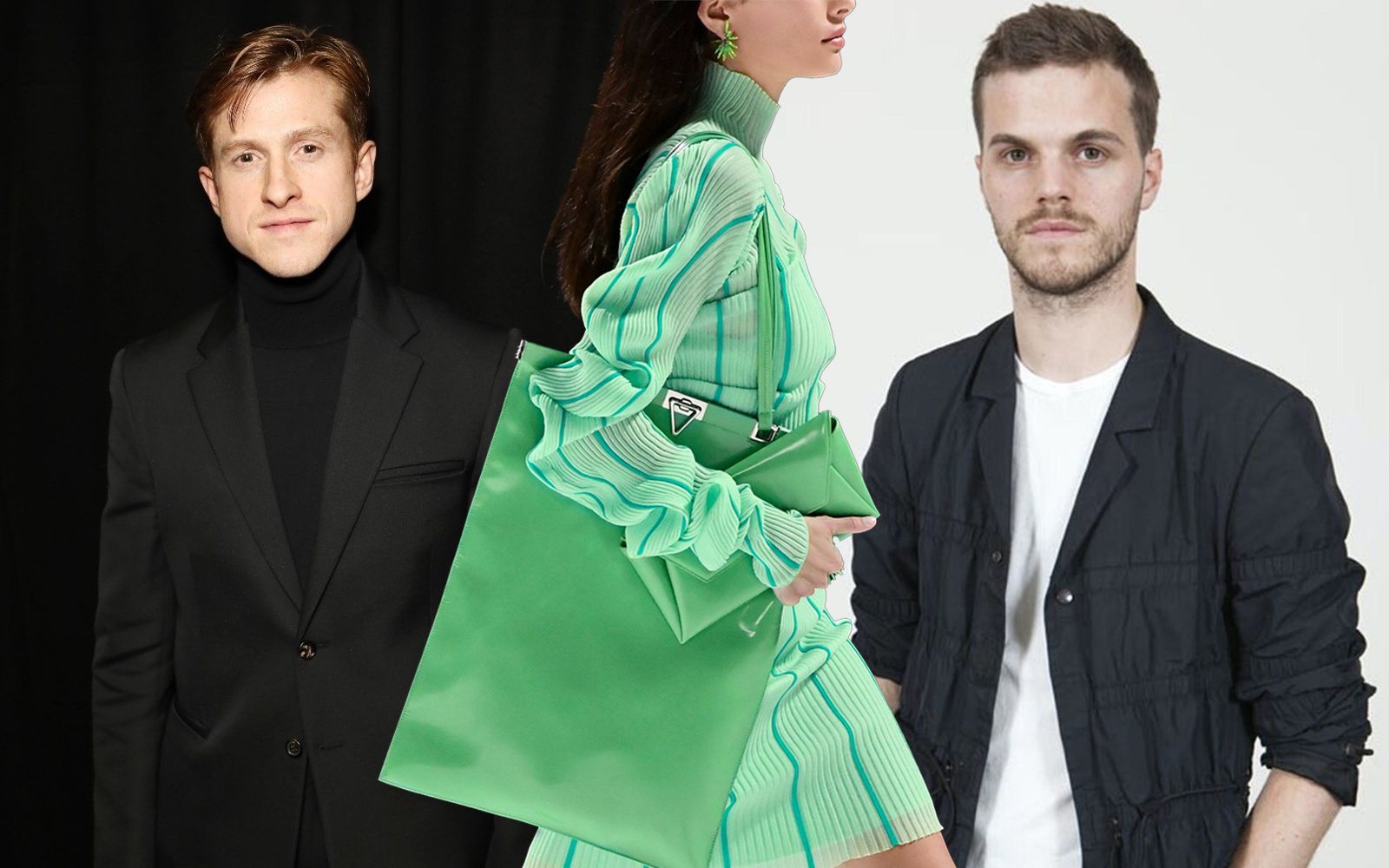
The backstory behind the appointment of Matthieu Blazy at Bottega Veneta The change of creative director of the brand can become the opportunity to create a more transparent fashion
«Apparently Matthieu walked out two weeks ago so I can imagine something had upset him» some informants from the industry that work close to the situation notified @hftgroup reported to nss magazine talking about the tensions that developed during the last show in Detroit of Bottega Veneta. According to the version of events reported by these sources but not confirmed by the brand, «it's Daniel [who made the collection, nde] which accounts for the cold reception [...]. He was backed by Matthieu who is apparently to be credited for most of the successful products which have invigorated the brand to its current success». These rumors about the alleged internal dynamics of the Bottega Veneta team in the tense weeks leading up to Daniel Lee's dismissal were also supported by a comment by Virginie Mouzat, former editor of Vanity Fair in France, who in congratulating Blazy on his appointment as the brand's new creative director pointed out, quite eloquently, how, «balanced temper and good manners and respect to your coworkers» always pay off in the end – referring quite blatantly to Daniel Lee, who in the meantime has entrenched himself in a complete press silence.
The revelation that Blazy had been the true architect of the success of Bottega Veneta is certainly a strong statement that should be read with due caution. But in any case it shows that often, behind the divism of creative directors there are many other gray eminences, the Head Designers for example, who are the real architects or at least the co-responsible for the success of a brand or a product. The whole affair, therefore, has cast a shadow on the myth of the creative director / author, a cultural legacy that dates back to the time when the founders of the big brands were both the creative and design directors, as well as full-time couturiers, highlighting the need to abandon the cult of personality tributed to these figures in favor of a more open and honest approach towards the public and the many workers in the industry.
A positive example of this attitude is Kim Jones who, during her tenure at Dior, "shared" part of his spotlight as creative director with Thibaut Denis, Head of Footwear of the brand, and with Yoon Ahn, who is the Head of Jewelry Design, or with the milliner Stephen Jones. But also Alessandro Michele who in the Gucci Epilogue collection has transformed the entire design team into lookbook models by combining each outfit with a label that exposed their name and role – giving a face to those hundreds of professionals who contribute, often without any credit, to the success of a collection. Of course, in the case of Kim Jones extending the role of co-creative director also to Travis Scott in a poorly concealed celebrity stunt backfired after the tragedy of Astroworld – nevertheless, his hyper-collaborative approach has been welcomed as the beginning of a paradigm shift within the system. It's a matter of culture: even an old-school designer like Hedi Slimane, who literally centralized Celine's entire brand identity and signs every photo and campaign that comes from the brand, began collaborating with a slew of artists giving them a prominent space in the latest SS22 collection – which include for example Scott Daniel Ellison who embroidered a sleeveless jacket with beads, Mary Herbert who created the studded designs of a Harrington Jacket or Amy Dorian, responsible for the motif that decorates a mohair cardigan.
To think that the entire collection of a brand derives from a single creative-demiurge is actually a perceptual distortion due to the need for "names that sell the ticket" creatively speaking – as we said before a legacy of the era of Valentino, Armani, Saint Laurent or Lagerfeld. Once the founder-stylists failed, the need arose to legitimize the validity of design by attributing it to a certain designer and not to an anonymous creative team. The contradiction, however, is that the old designers worked and produced on a much more manageable scale than today, a time when brands have become immense trans-national industries resulting in a necessary growth and hyper-rationalization of the different design teams each engaged in specific categories. To return to Bottega Veneta, for example, the Head Designer of Footwear is Nina Christen, perhaps the real responsible for the Puddle Boot. Yet, after years spent listening to this narrative, years in which, among other things, the cultural weight of fashion has risen a lot, the most experienced public has few illusions – and that is why it would perhaps be better to start giving the right credit to designers and authors who with their creations continue to propagate the myth of a certain brand. In an anonymous message shared by the writer Andrea Batilla about the story of Bottega Veneta we read:
«From interns, to product development, model makers, prototypers, people involved in fittings, suppliers [...]. Ideas that change like flags in the wind, budget to be included anyway, tests on tests [...] Even for us "normal people" seeing a piece of our work on a cover, a screen or on some celebrity sometimes pays off more than the salary».

















































